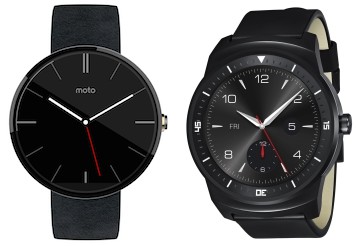
Back in April I wrote a post titled One Wearable to Rule Them All? Not likely. predicting where I thought the wearable market was heading. My basic idea was that there are essentially three types of wearables – the all-in-one, the single-purpose, and the multi-position.
The all-in-one is where the smart watch category is headed. These wearables will look like watches, have sensors to track many different health issues (steps, motion, heart rate, temperature, blood oxygen, etc.), and be able to assist in authentication and commerce. This is in addition to an array of information-realted apps, and an optional link to your smart phone.
The single-purpose is best represented by fitness bands that track health data or bands like the nymi that can be used for security applications. These bands are almost always worn on the wrist, and are focused on a single application. These wearables can be wholly replaced by an all-in-one wearable.
The multi-position is a variation on the single-purpose, is usually focused on health, but can be worn in several positions, such as your wrist, your ankle, etc. and be used for many sports such as running, biking, swimming, etc. The best example of this is the Moov, although wearables like the Sony Core and the Fitbit Force are moving in a similar direction. These wearables can’t be easily replaced by a wrist-worn wearable such as a smart watch, although some aspects of what they might be done better by an all-in-one.
In April the first Android Wear watches had already been announced, but had not all shipped yet. The flagship of the early announcement was clearly the Moto 360, Motorola’s round-screen smart watch. That only shipped in the past week or so, and immediately sold out online. Selling out sounds great, but I suspect it is more about constrained manufacturing than success in selling their wearable.
In the intervening months other Android Wear watches have been announced, several in the past couple of weeks in the lead-up to Apple’s presumed announcement of their entry to the wearable space (in just a couple of hours as I write this).
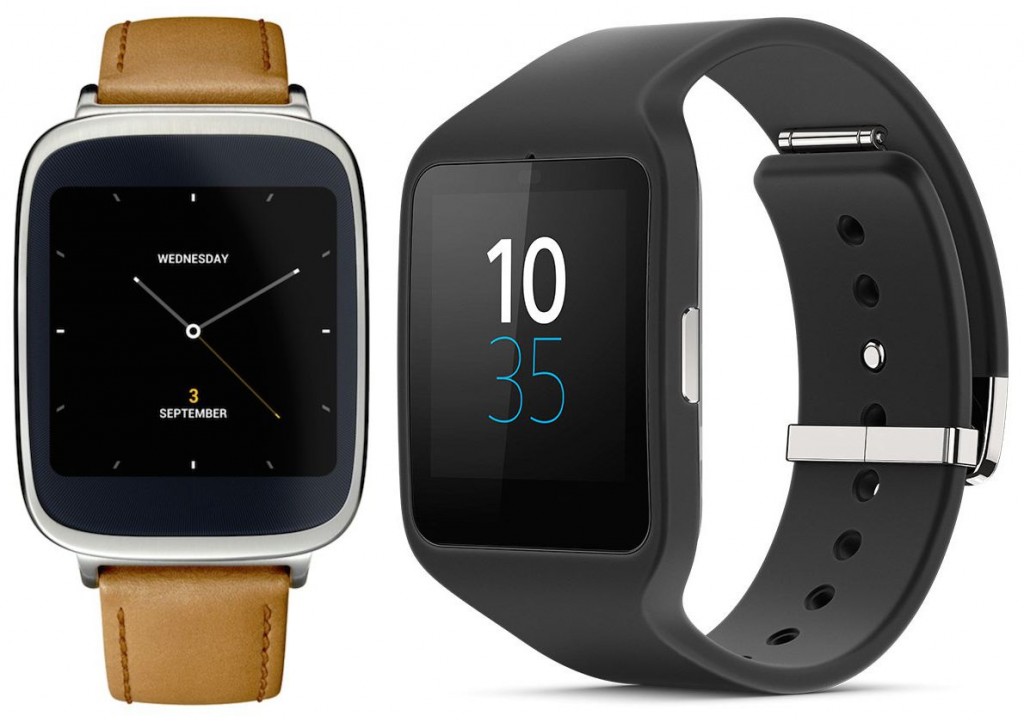
Sony released the SmartWatch 3, now based on Android Wear. Samsung seems to have rushed the announcement of their Gear S watch, which has a curved screen and health functions, but has no release date in the US any time soon. Asus announced their ZenWatch which has one of the most refined looks of any of the Android Wear watches. Perhaps the most interesting is the LG G Watch R, which competes directly with the Moto 360 as a round-faced watch. The LG G Watch R is a major improvement on LG’s earlier announced G Watch from April, with the round face, metal bezel, water resistance, health tracking, etc.
Interestingly, the G Watch R is the first Android Wear watch to have a completely round face, as the Moto 360 has a small portion of the bottom of the round face that has no screen. Motorola has argued that in order to have a fully round face, you need to add a bezel around the edge. LG indeed did need a bezel, but turned lemons into lemonade and made the bezel similar to those on metal sports watches, giving it a traditional look that no other smart watch currently matches.
Google has been hard at work trying to add features to Android Wear, the operating system all of these watches are based on (except the Samsung Gear S, which runs Tizen). Future releases of the OS will support connecting to other Bluetooth devices such as headphones, support GPS (although I don’t think any current hardware has a GPS chip), and will amusingly support easier-to-build watch faces. Even so, there are some gaping holes across the Android Wear ecosystem such as a unified health tracking system and commerce/authentication features.
The Elephant in the Room

Apple of course is strongly suspected to be launching its entry into the wearable space, and even when leaks surround the next iPhone have been more numerous than for any Apple product I can remember, there has been almost nothing leaked concerning Apple’s wearable, generally called the iWatch, but for which even the name remains unknown.
It is suspected, however, that Apple will tick off almost all, if not all, of the features I predicted back in April in their wearable. In particular, it is expected that the Apple wearable will support commerce applications, and will introduce NFC-support in order to do so. Apple already announce their HealthKit framework for supporting health sensors and applications, and it is expected that the Apple device will contain many sensors to drive HealthKit applications. It goes without saying that Apple has taken on the issue of the user wanting the wear their device, and if LG currently holds the title for most refined-looking smart watch briefly, that is likely to be lost quite soon.
So here is us, at the raggedy edge, waiting for Apple to announce their entry. If they support gps, payments, health and authentication, will all current smart watches be immediately obsolete? Perhaps not, but the elephant in the room will be stepping on a lot of current contenders for the smart watch throne.
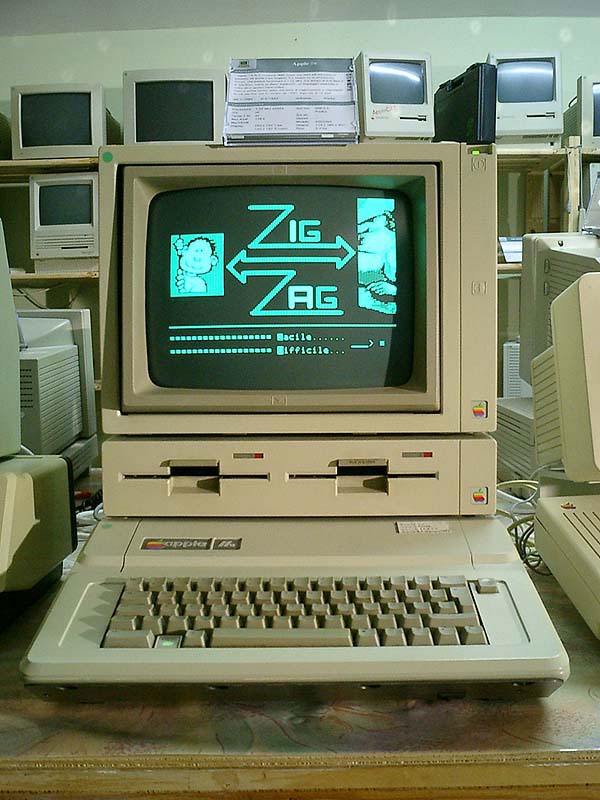
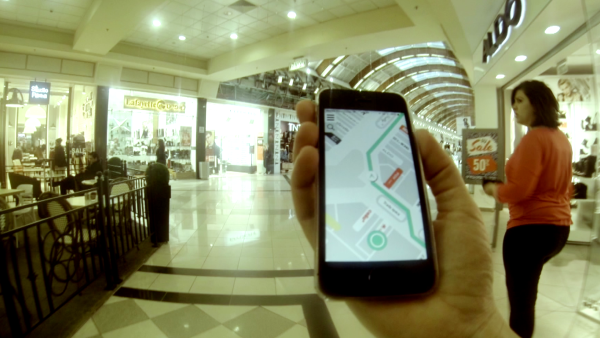
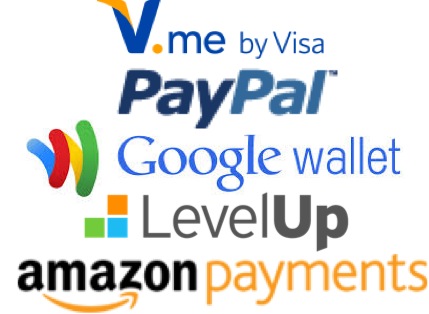
Pingback: What if Apple made watch movements instead of watches? - off on a tangent